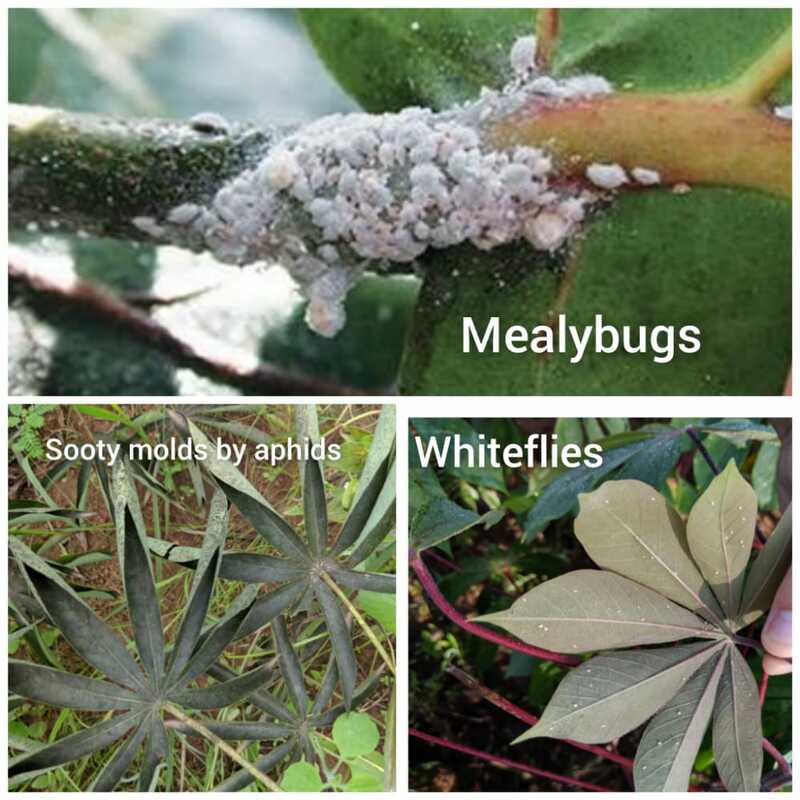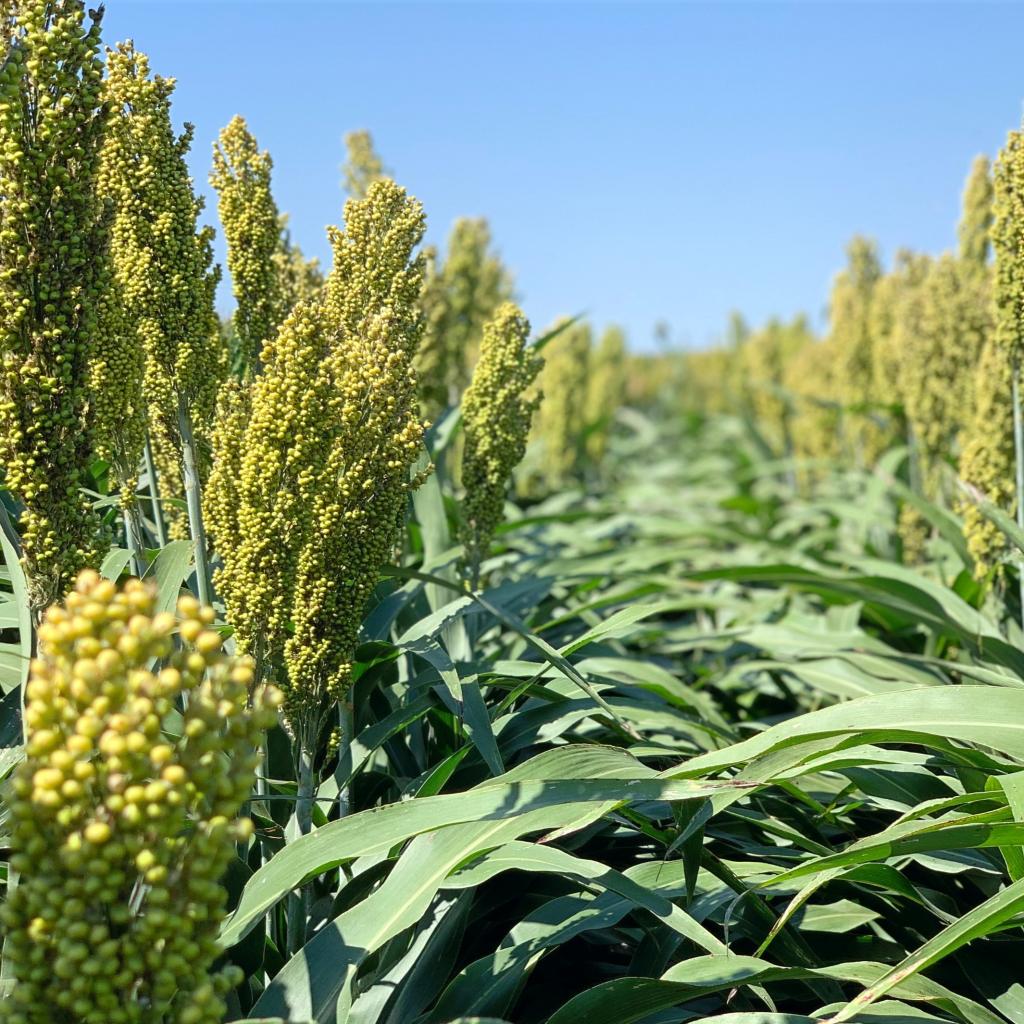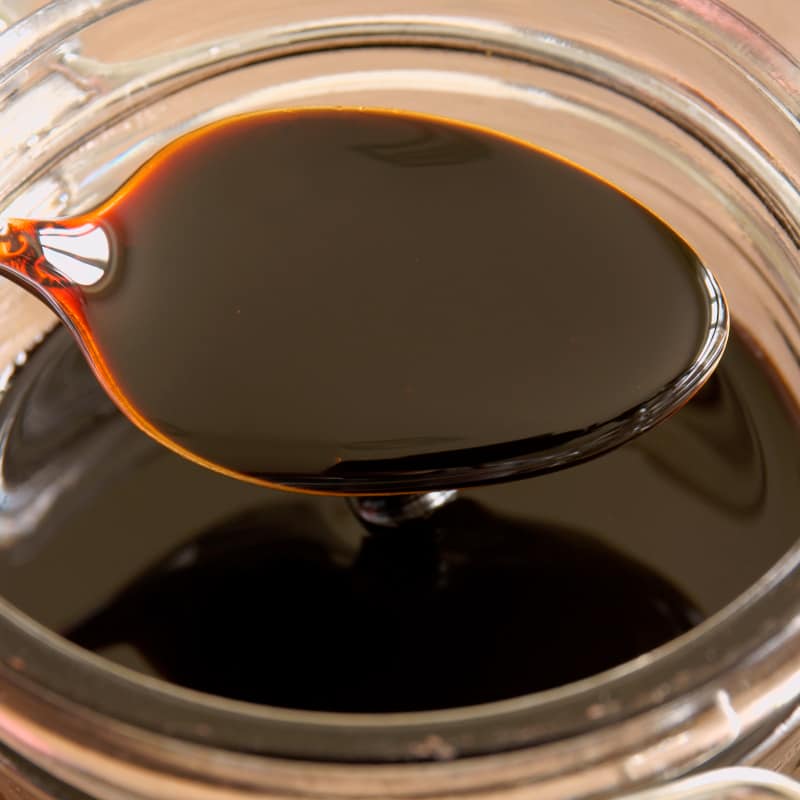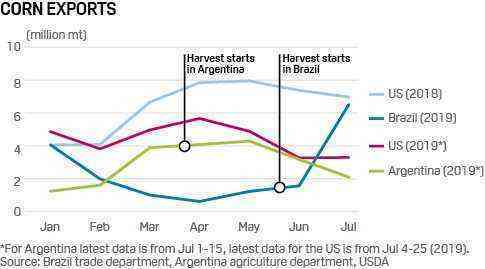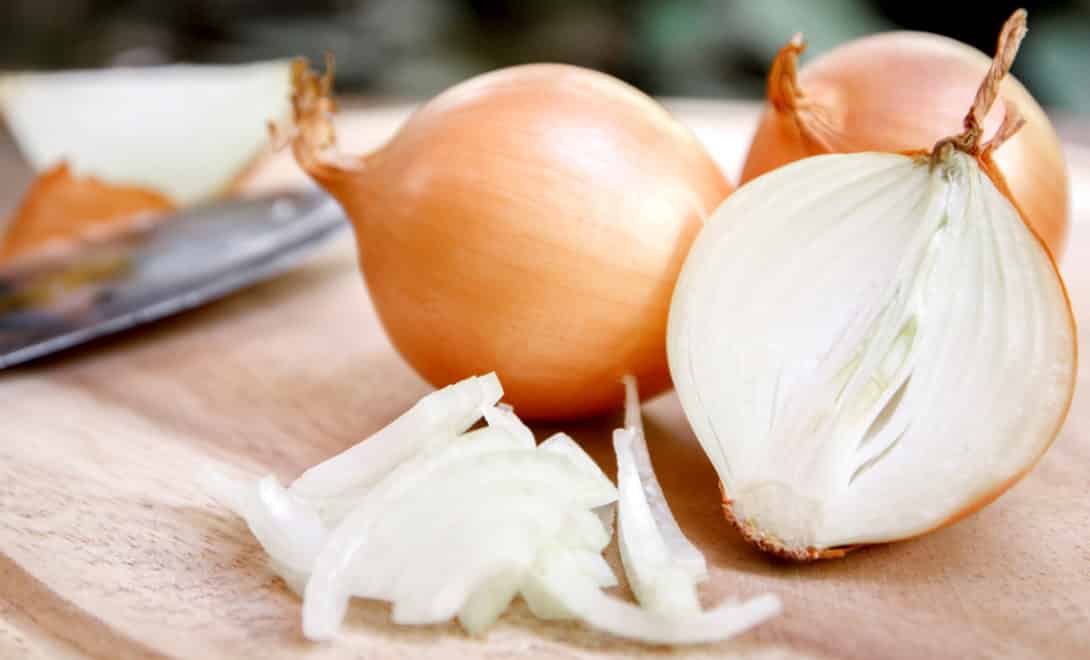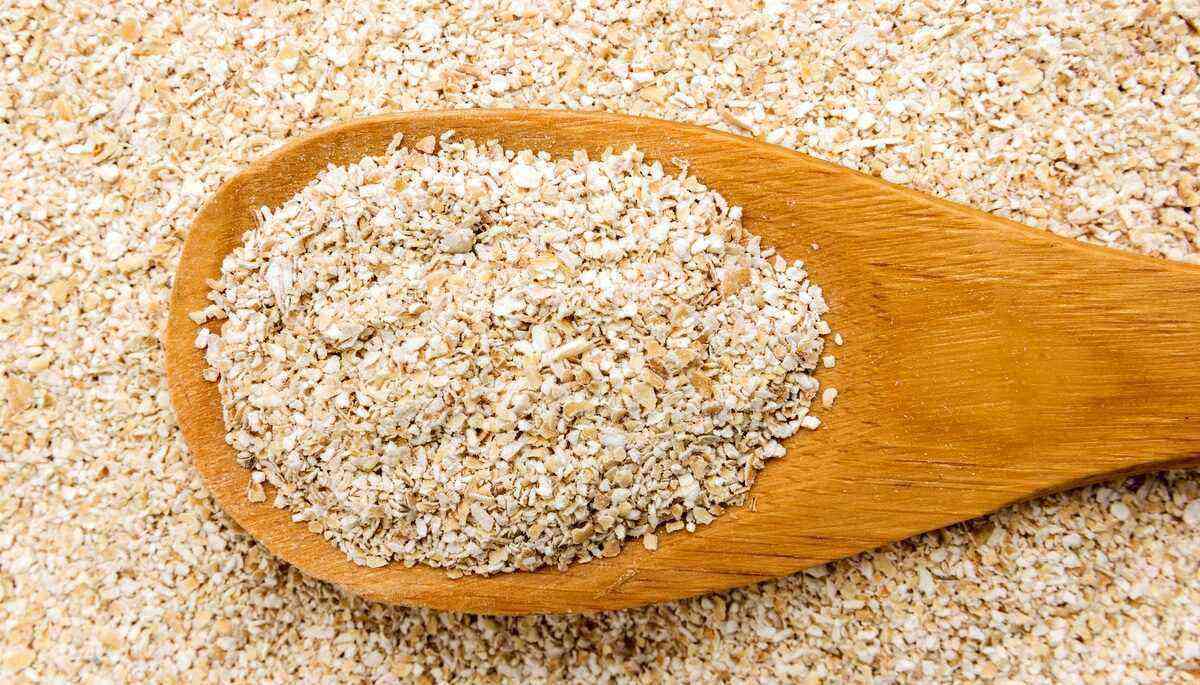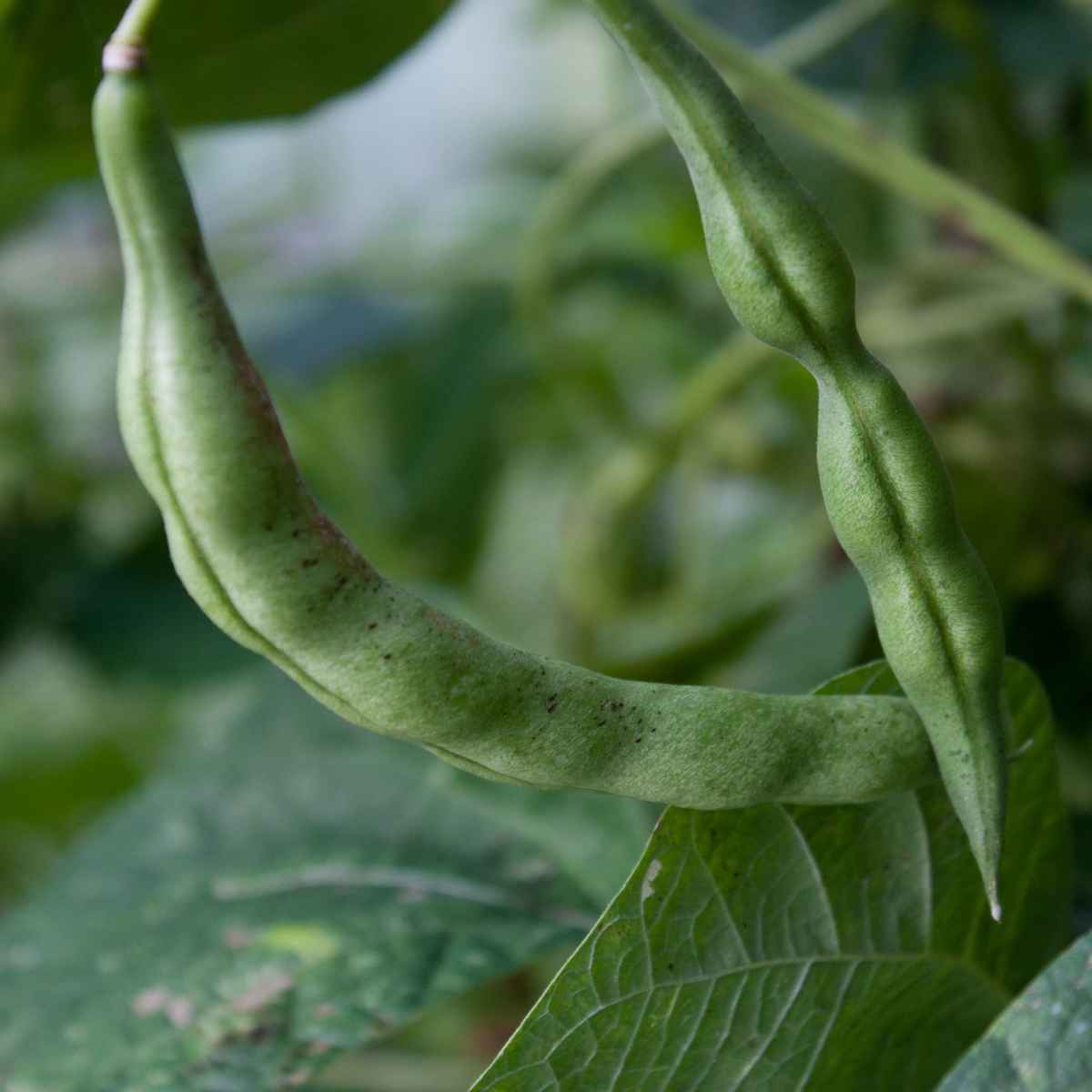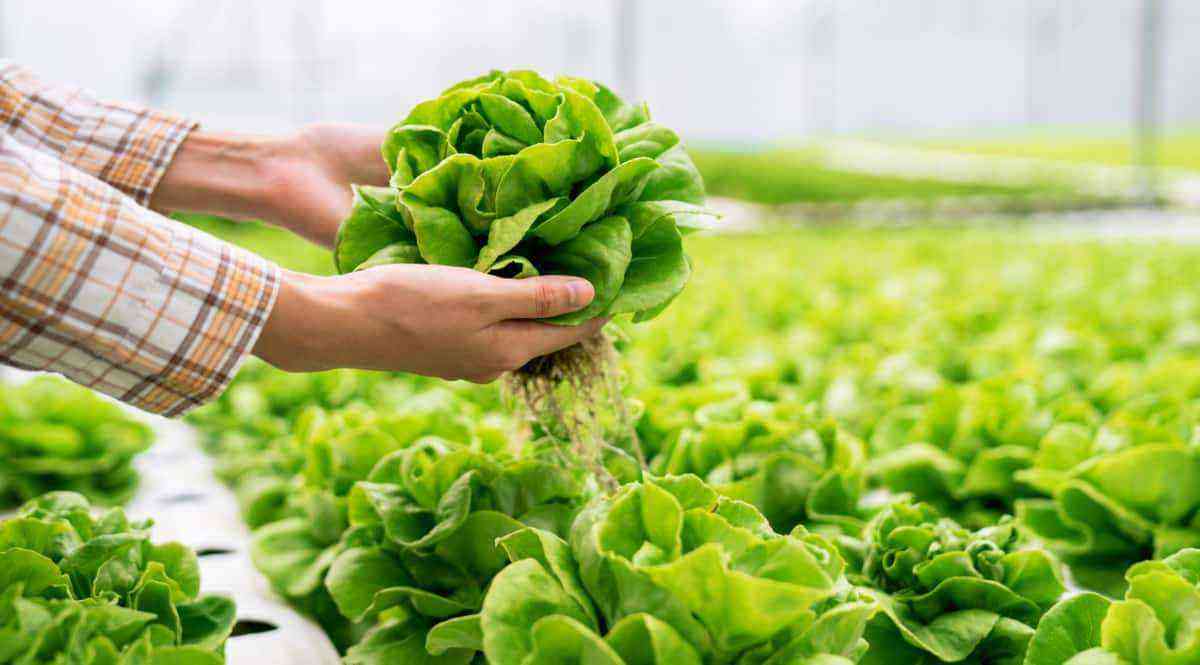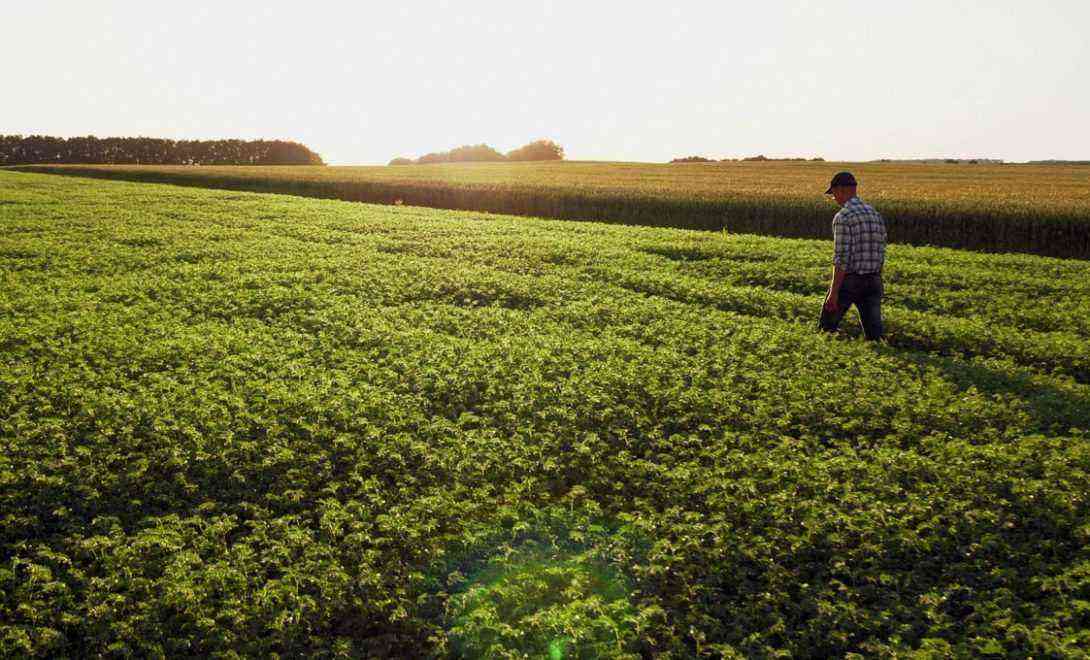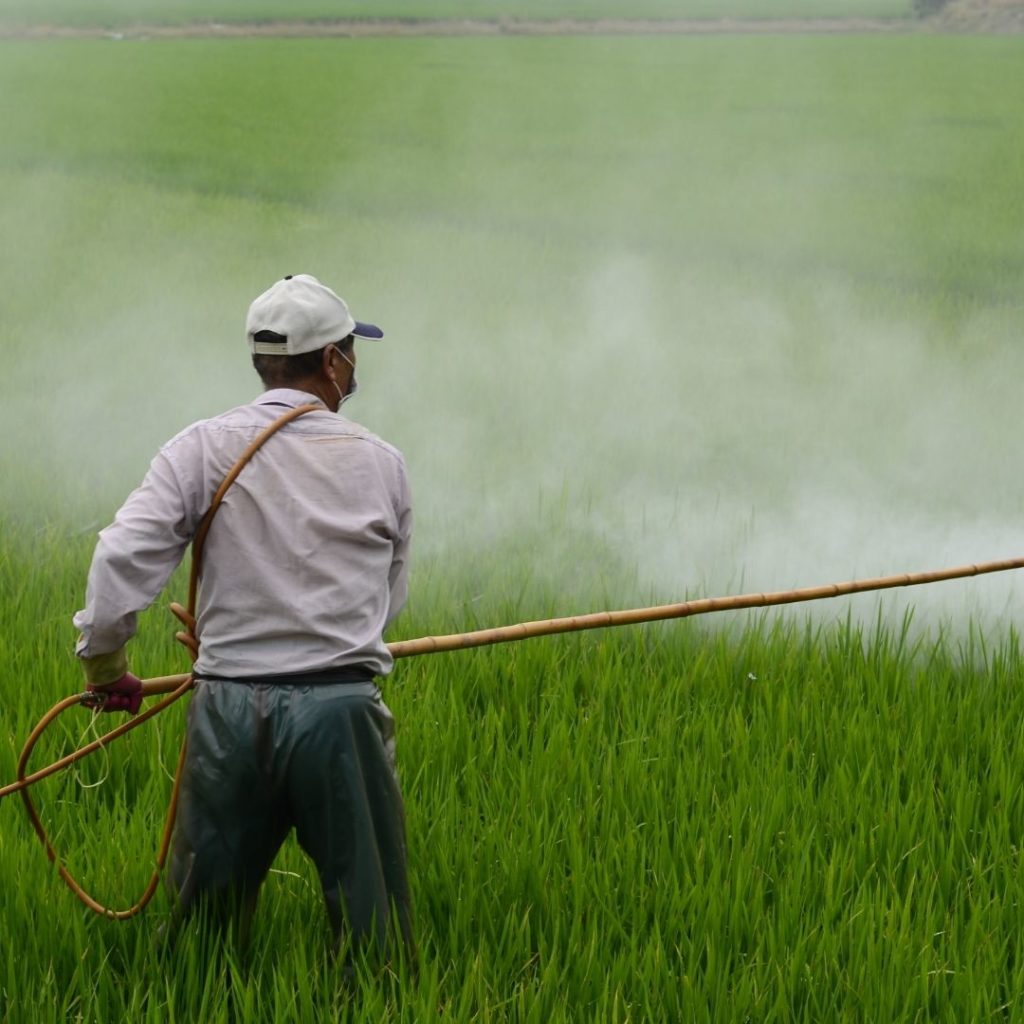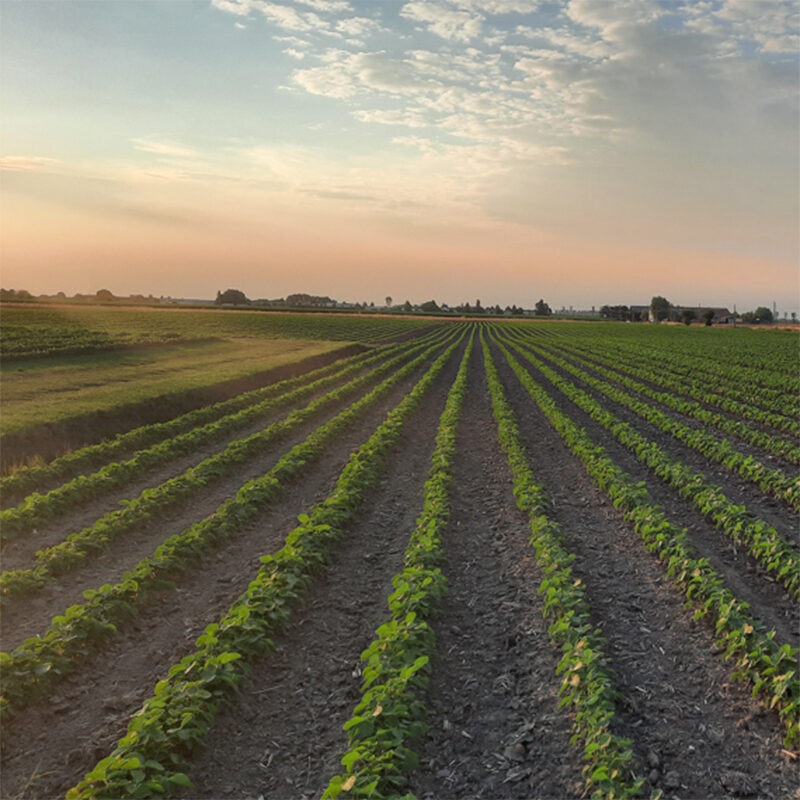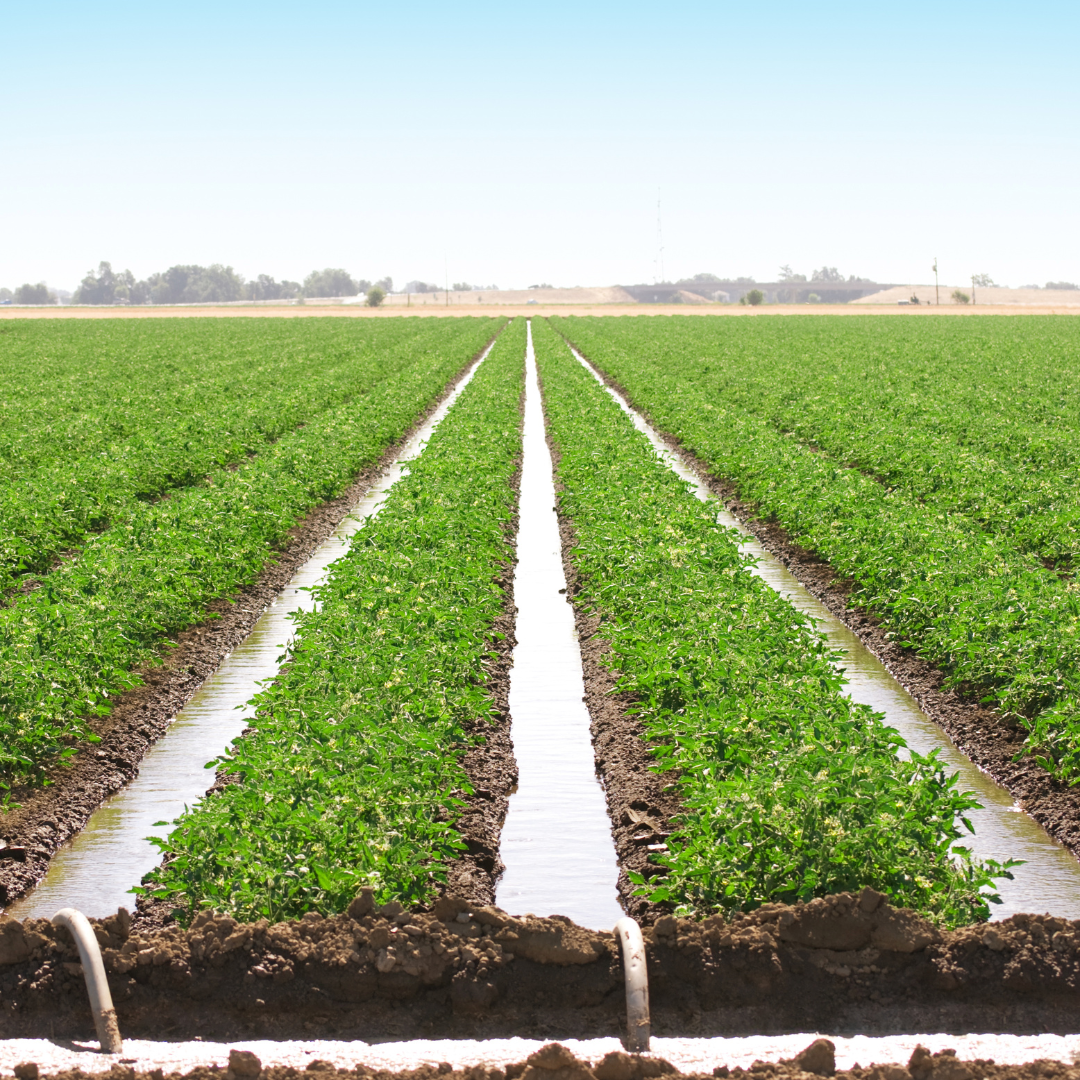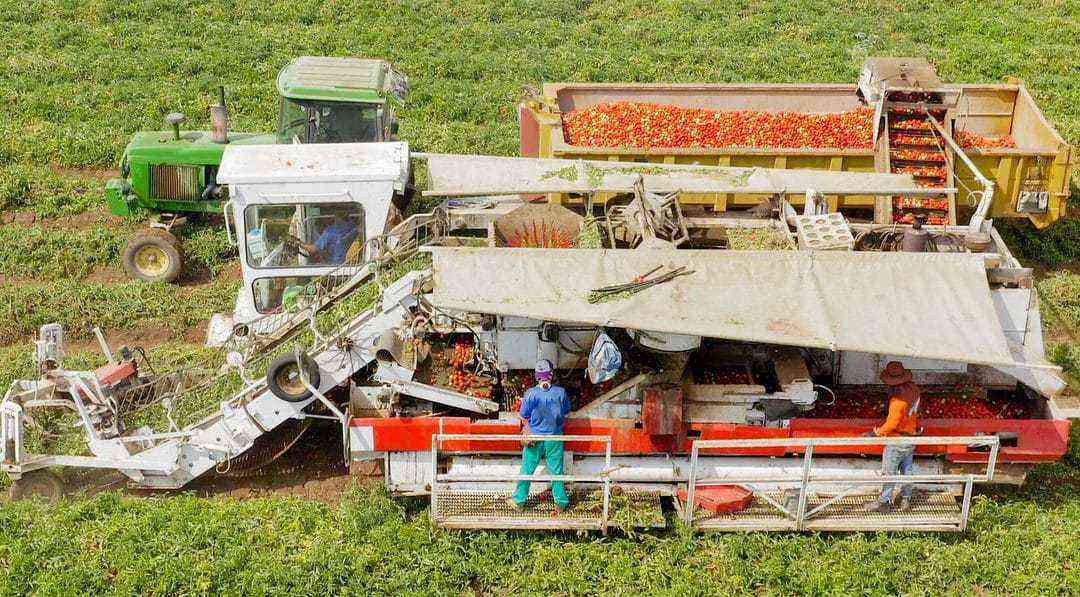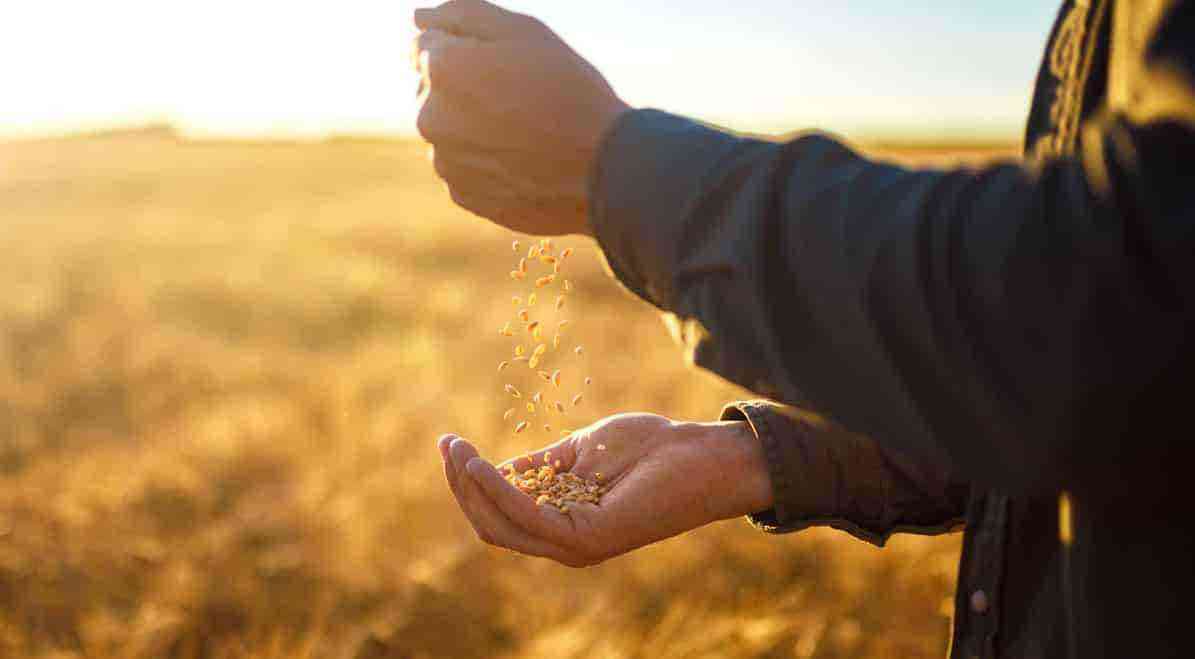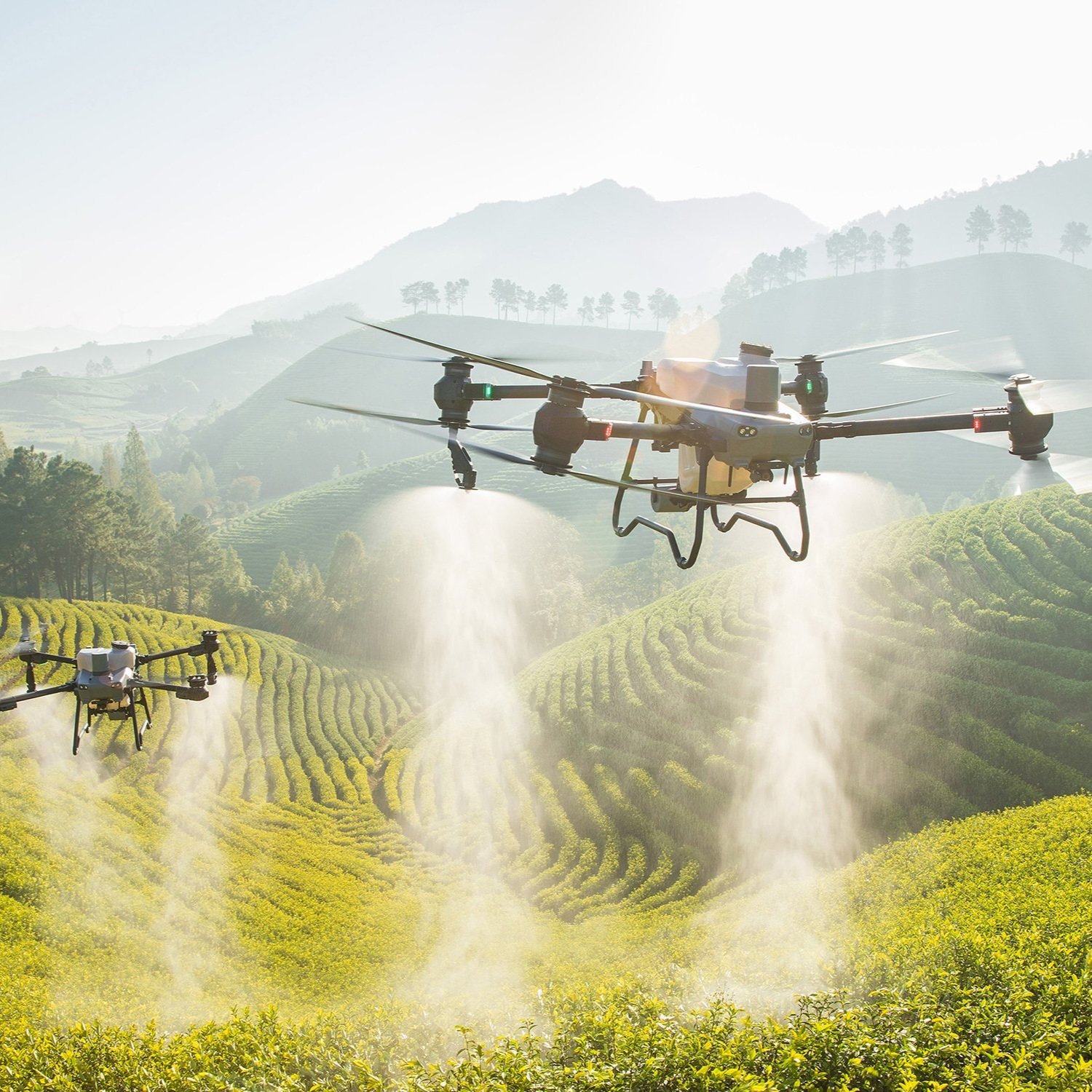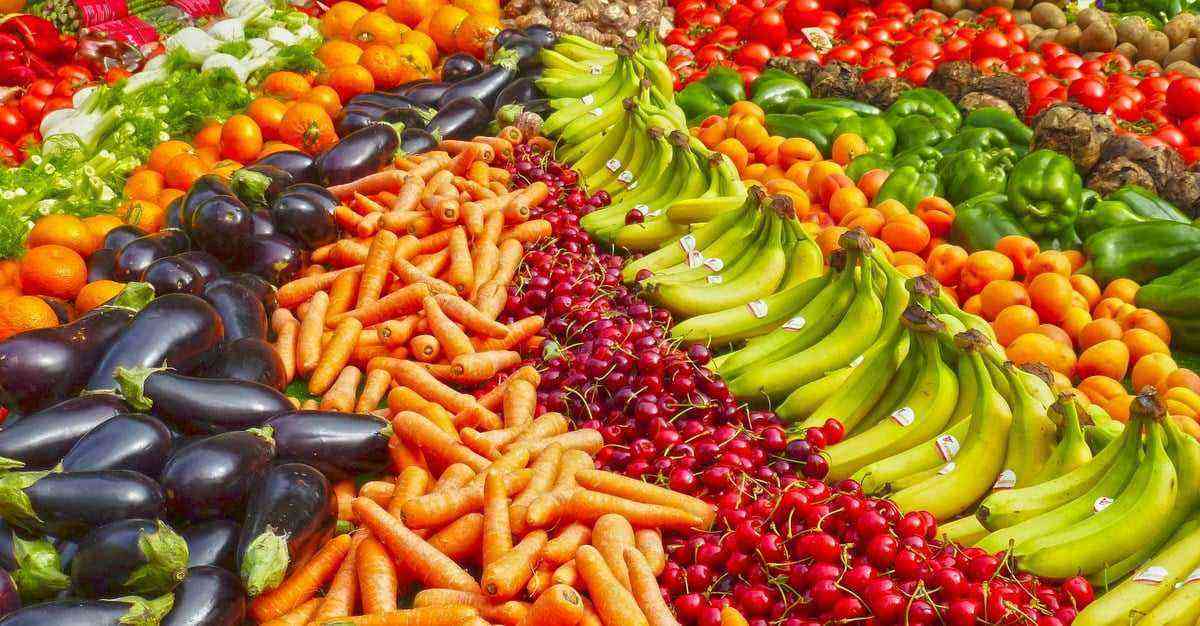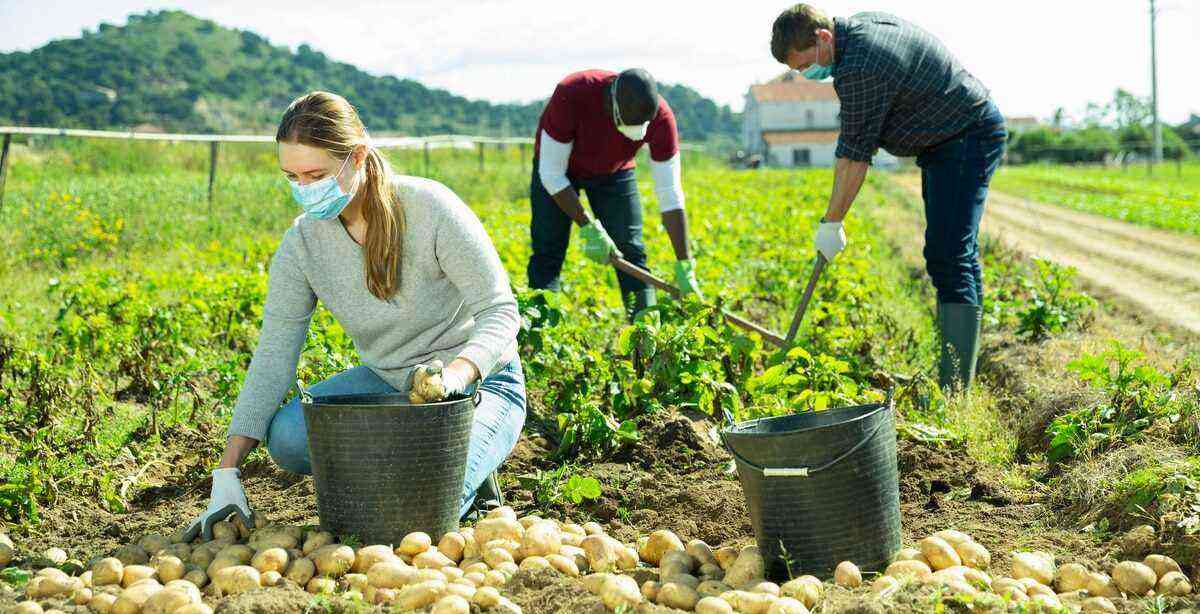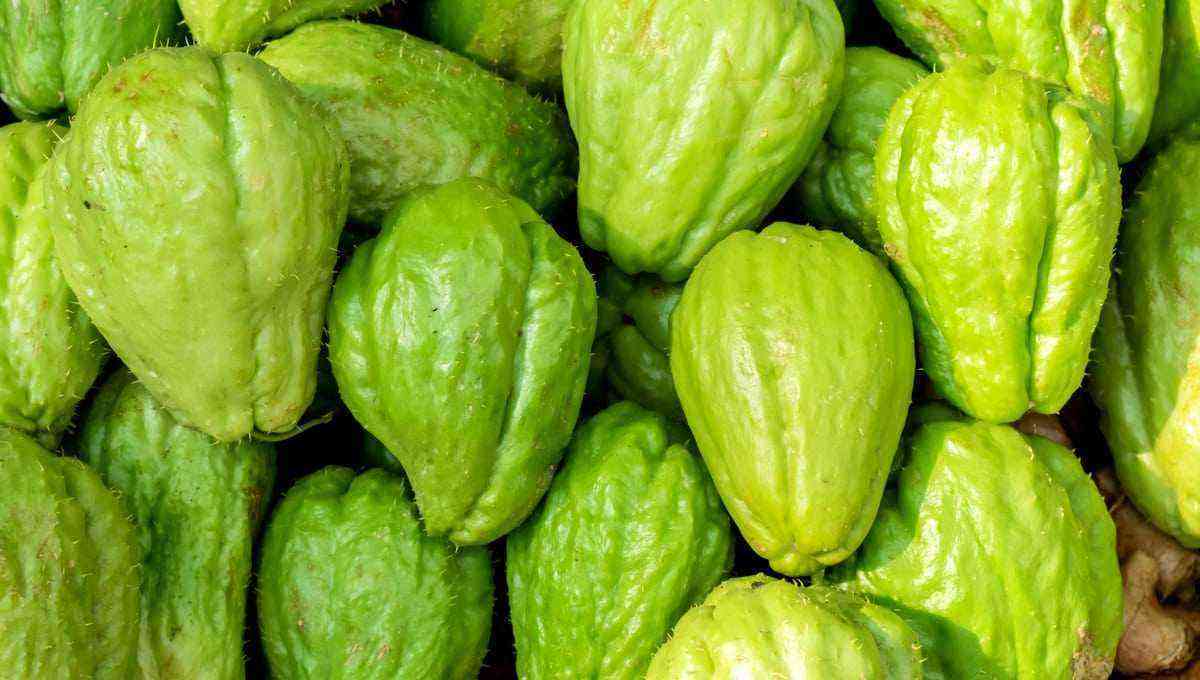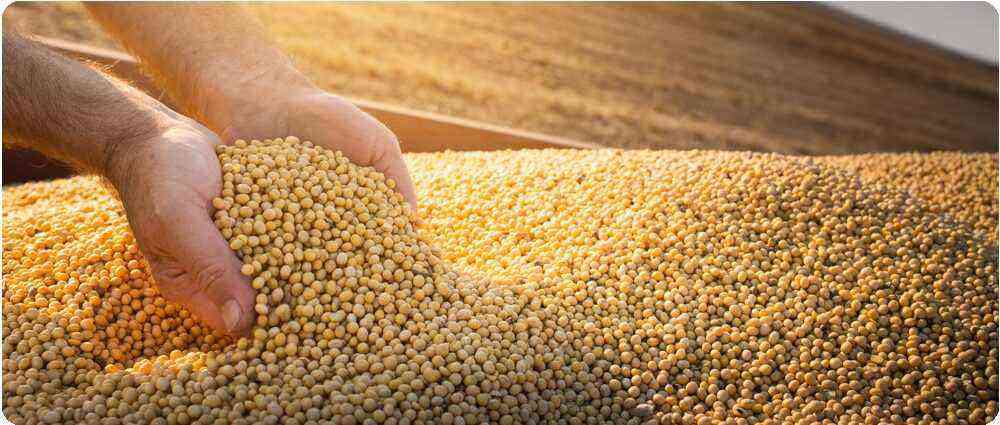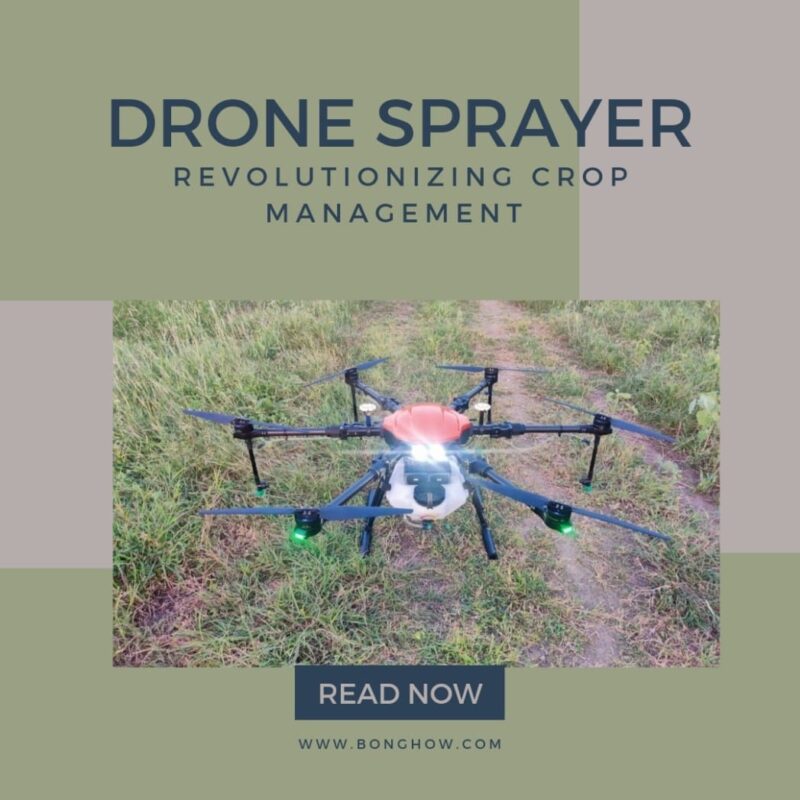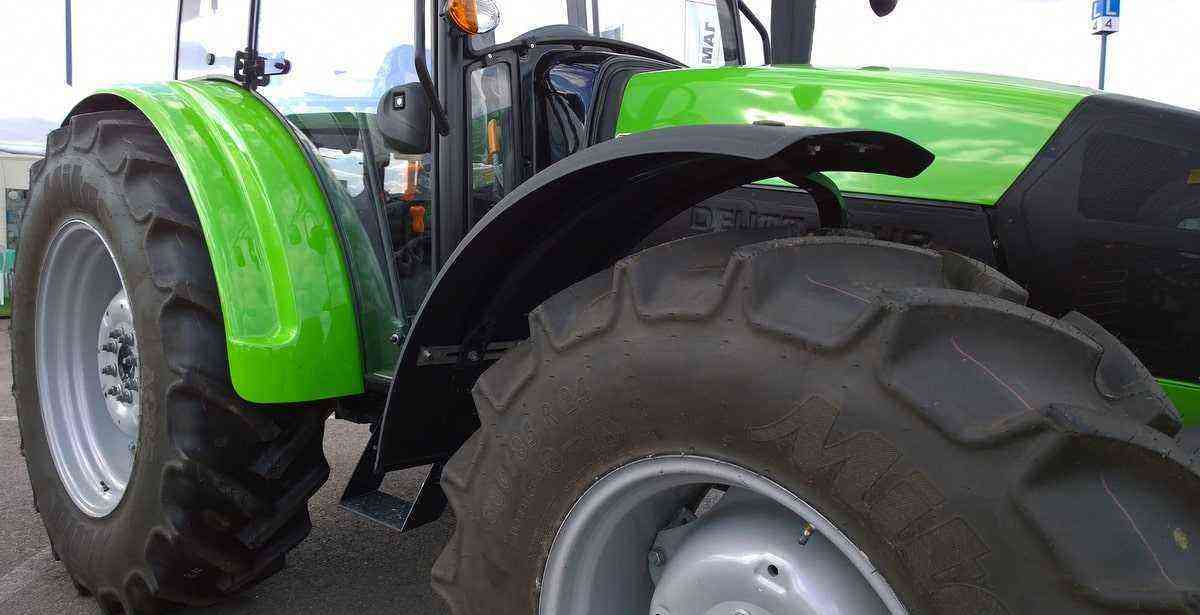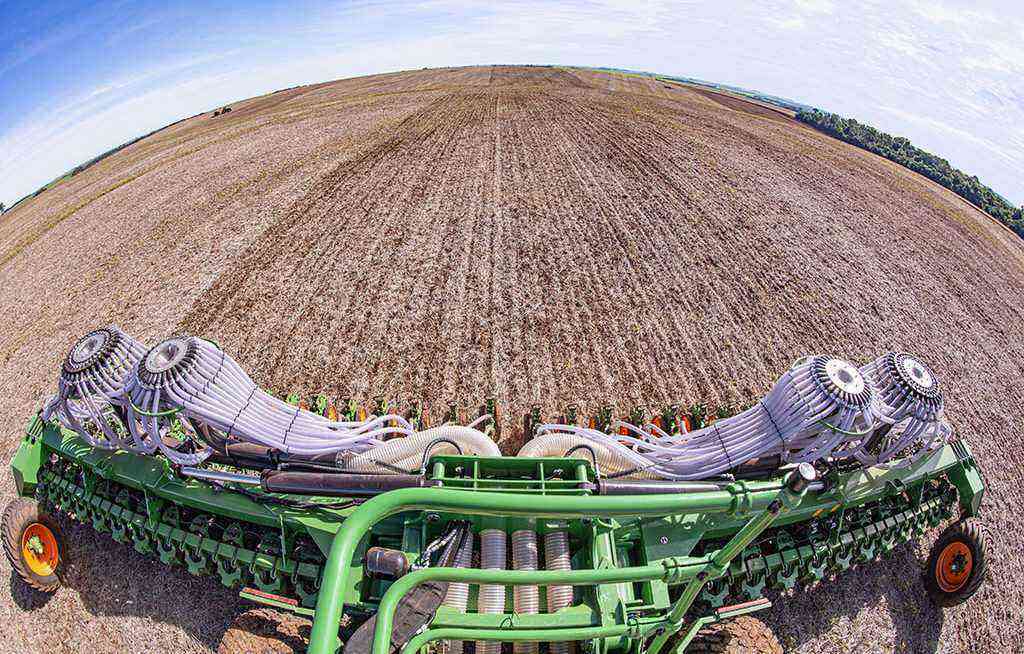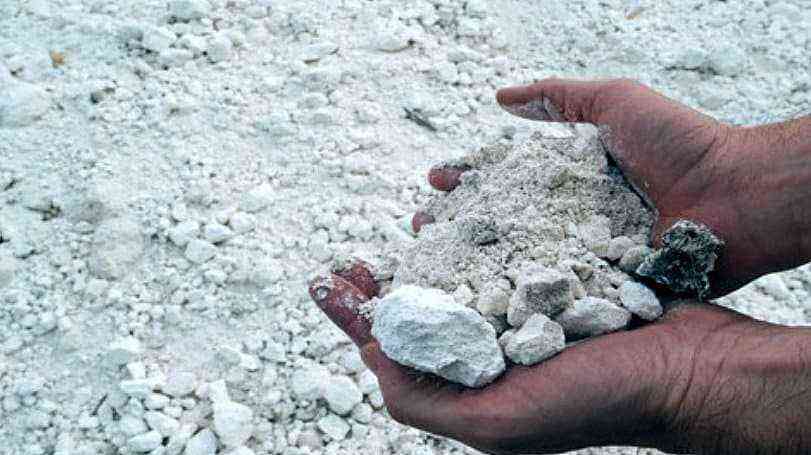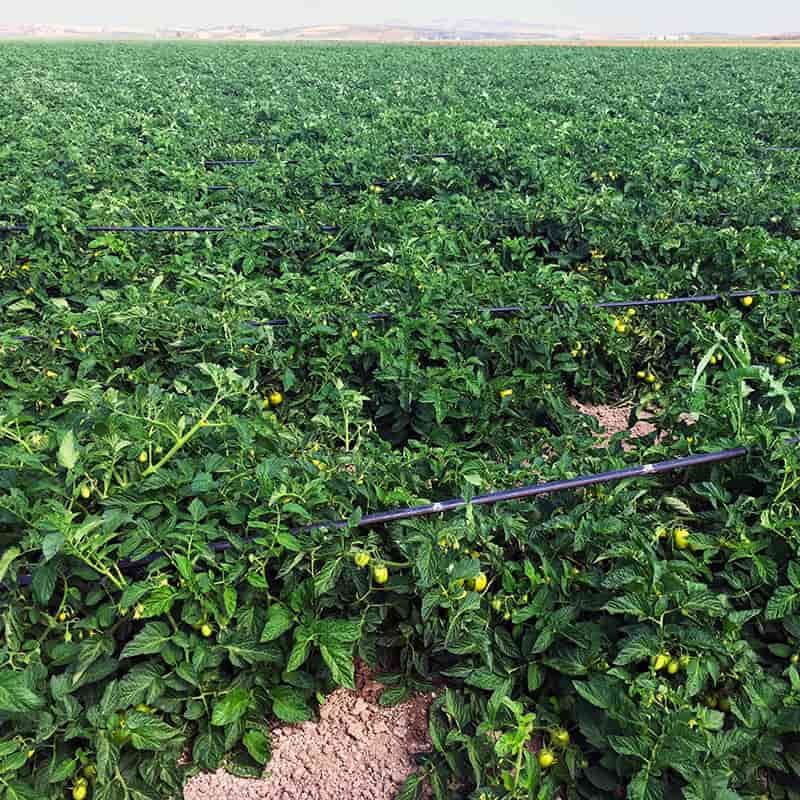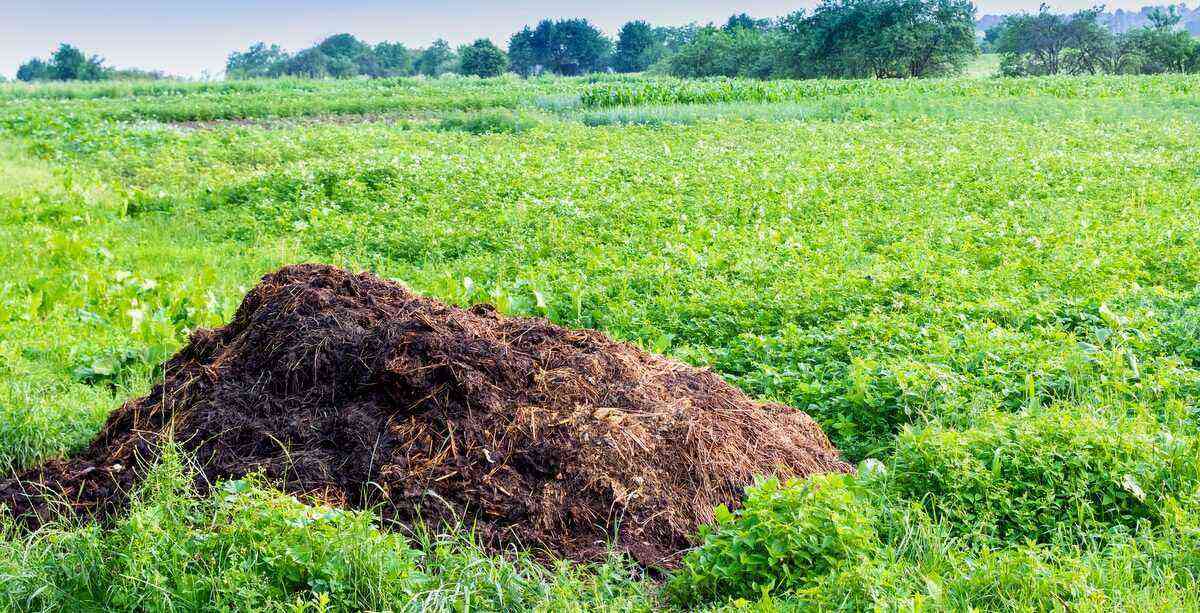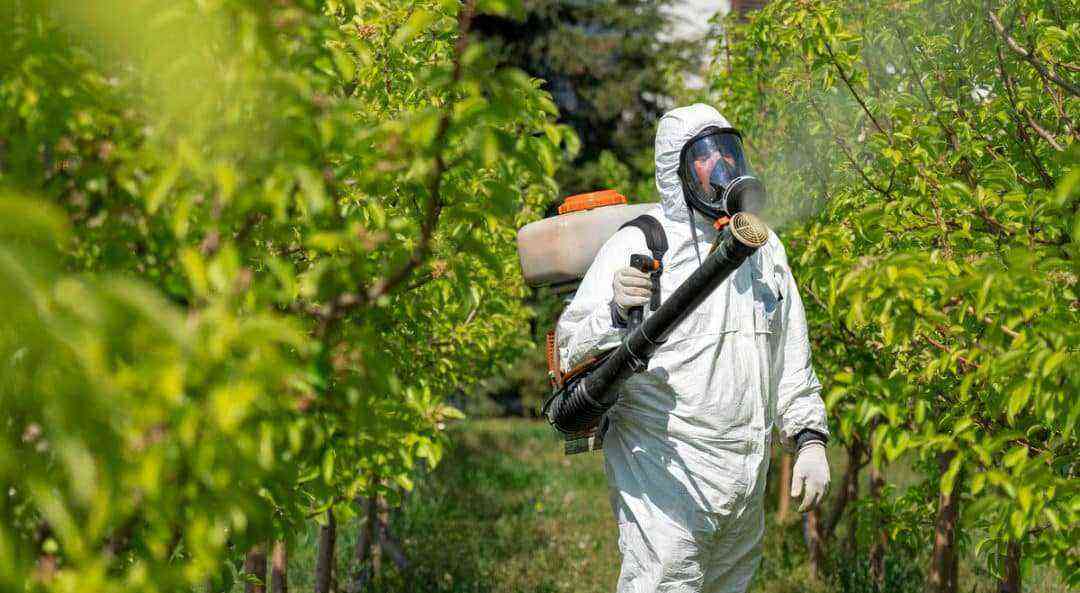Brazil is a country that contains a lot of variety of foods, such as cassava. There are, for example, wild and table manioc. These two types are very similar and cannot be distinguished with the naked eye, requiring laboratory analysis. Understand their differences in this article!
table cassava
Table manioc is also known as cassava, cassava and manioc mansa, and the name used will depend on the Brazilian region in which the food is found.
A curiosity about cassava in the Northeast region of Brazil is that they commonly use the names “aipim” and “macaxeira” as synonyms for table cassava, but when someone says only “manioc”, they may think that it is a wild cassava. .
In the southern region of the country, however, the terms “aipim” and “macaxeira” are not used so much, nor do they usually call cassava by that name. There, it is simply said “cassava”, and everyone understands.
wild cassava
Wild manioc, on the other hand, is always known this way, and the name was not given at random. It turns out that this type of cassava is toxic and can cause serious problems in an individual’s life.
Still, it can be consumed after certain procedures.
What are the differences between them?
There are differences between these two types of cassava, but it is impossible to detect them by looking, touching or even tasting the two foods. The key to identifying which type of cassava is the laboratory analysis.
After all, it is through laboratory tests that the content of hydrocyanic acid present in cassava can be evaluated. Both types have this acid; the difference is that wild manioc has a much higher concentration, so much so that it is extremely toxic to humans and animals.
Do not try to look for particularities in the types of cassava, as you will not find them. Both table manioc and wild manioc may have white or pink skin, green or pink stems, or some similar feature in the roots.

The characteristics of wild and table cassava are similar and it is not possible to assess differences with the naked eye.
See below this video explaining a little more about the differences between wild and tame manioc, but as we have already said, I advance that it is not possible to identify without detailed analysis.
Source: Life in the Sertão
Wild cassava can be consumed
An interesting question is whether wild manioc, because it is toxic, can be consumed. The answer is yes, but it is also condition-laden. Wild cassava has to undergo detoxification techniques, such as drying.
Drying, along with other procedures, ensures that the food can be consumed. Generally, wild manioc is the same that later becomes starch, flour and starch, not being, therefore, what we find at fairs. Because of this characteristic, it is also known as industrial cassava.
Wild manioc can also be used to feed cattle after being crushed and exposed to the sun for at least 24 hours. On the other hand, tame or table manioc can be given in-natura without any problem.
What are the consumptions of table manioc?
Table manioc, on the other hand, is the one that we commonly find whole or in pieces and that are used to eat boiled, fried or in broth. In addition, it can help compose recipes such as cookies, cakes, purees and puddings.
MF Rural is a large agribusiness marketplace that connects sellers to potential buyers. You, a rural producer, may be looking for a product or service. Take a look at our store and find exactly what you need.
